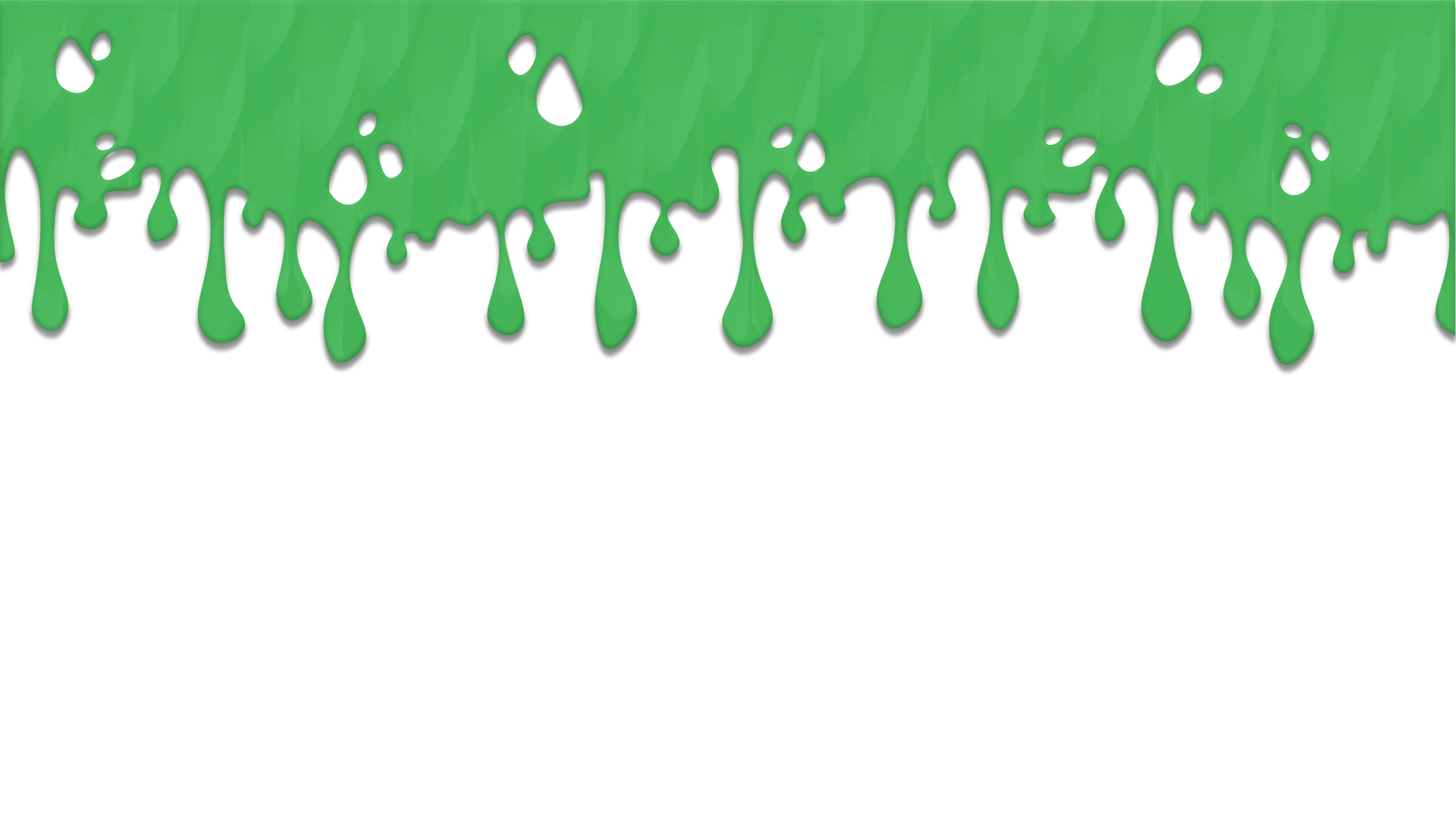It’s Saturday evening and for this DotO Update Blog I want to tell you all about our new Turn Meter! Since our game is turn-based it is super important to know when your turn is coming up and when the enemies are going to be attacking you.
We originally had little bars under everyone that would fill up based on some weird equation that we grabbed online. It really didn’t work. You couldn’t tell who was going when or how fast the bars would fill up. And you couldn’t tell what your Dexterity was doing for you. It was impossible to know how much Dexterity your character needed to outspeed the Glubs.
We needed a new turn calculation and a way to show it. I got to brainstorming and came up with the idea of a “Tetris Style” meter. In Tetris, they tell you the upcoming block and in some versions I’ve played, they’ll show you the next five blocks. So I wanted a meter that would scroll each turn and show you the upcoming attackers.
I passed this idea on to Kel and he ran with it. Now, in our new build of the game, Prototype 4, we have a functioning turn meter that feels very clean and intuitive. I actually recorded a video of it in action yesterday, so you may want to check that out…
And now that you’ve seen it in action, you may be asking, “But Joe, how do you determine the turn order?”
Well, my friend, you’ve come to the right place. I’m going to let you into a bit of our Design Document and show you exactly what I gave Kel to work with. For the rest of this blog, you’ll get the nitty-gritty detail on how we determine turns in Dungeons of the Obelisk. At least for right now, it’s always subject to change. You know how it is. (But I really don’t want to have to change it.)
First, we go into our battle and need to know how big our turn bar should be. We may not show this bar anymore, but this is how it works in the background. We use the highest Dexterity among participants of the battle for the bar size. So say the Player Character is fighting 2 Glubs. PC has 10 Dex and the Glubs have 3 and 6 Dex respectively. Each set of turns is called a cycle.
- Cycle 1:
- PC gains 10 on its bar because its Dex is 10, and its bar is now full.
- Glub1 gains 3.
- Glub2 gains 6.
- Because the PC filled the bar, they now attack and reset the bar to 0.
- Cycle 2:
- PC gains 10 and its bar is full.
- Glub1 gains 3 and is at 6.
- Glub2 gains 6 and is now at 12.
- Both PC and Glub2 filled their bars so they both get to attack this Cycle. Glub2 is fuller than PC so Glub2 attacks first, followed by PC.
- PC resets to 0. Glub2 resets but is at 2, because they had 12 and reset the 10.
- Cycle 3:
- PC gains 10 and its bar is full.
- Glub1 gains 3 and is at 9.
- Glub 2 gains 6 and is at 8.
- The PC attacks and resets to 0.
- Cycle 4:
- PC gains 10 and its bar is full.
- Glub1 gains 3 and is at 12.
- Glub2 gains 6 and is now at 14.
- Attack order is now 14, 12, 10. Or Glub2, Glub1, PC.
- Everyone resets their bar because they all attacked. PC is at 0, Glub1 is at 2. Glub2 is at 4.
- Cycle 5:
- PC gains 10 and its bar is full.
- Glub1 gains 3 and is at 5.
- Glub2 gains 6 and is at 10.
- Both PC and Glub2 are now tied at 10 and should attack. PC goes first because their Dex is higher.
Only other situation that is not represented in the above example, is if two or more characters have the exact same Dex. If we had an example where a PC was battling a Glub with the exact same Dexterity, they would both attack every cycle and their turn order would be decided randomly between them.
And there you have it! More than you ever wanted to know about Turn Order. Thanks so much for reading and if you have any questions, join our Discord Server and feel free to ask me!
Cheers,
Joe
Executive Prime

